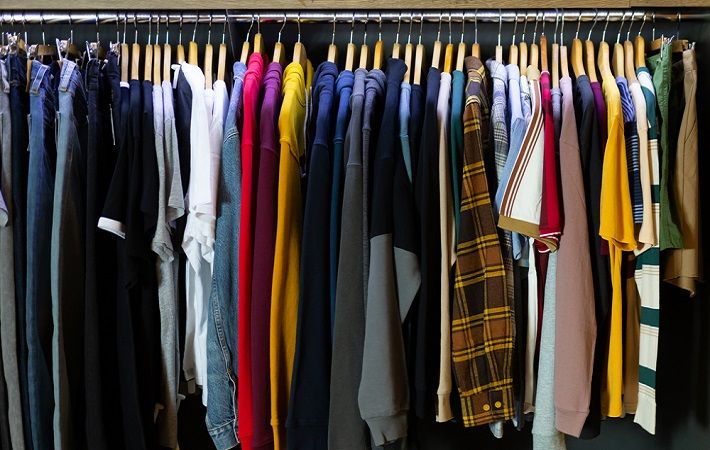Govt support, investments must to build apparel value chains in LDCs

Social and environmental industry standards should take centre-stage in the recovery, to ensure garment factory workers earn a living wage and have workplace protections in place, said Enhanced Integrated Framework (EIF) in its brief titled ‘Building better apparel value chains in least developed countries’. The EIF is a multilateral partnership of 51 countries, 24 donors and eight partner agencies that works closely with governments, development organisations and civil society to assist LDCs use trade as an engine for development and poverty reduction.
Building on an analysis of industry trends and case studies of Bangladesh, Lesotho and Madagascar, the brief explores how LDCs can best reap the full and fair benefits from participation in apparel value chains as the global fashion industry recovers and evolves.
Bangladesh’s garment sector has seen a strong growth over the past four decades, with its share of world clothing exports rising from 2.6 per cent in 2000 to 6.8 per cent in 2019. The industry is the country’s most important provider of formal employment, estimated before the COVID-19 crisis at 4.2 million, and it indirectly supports as much as 25 per cent of the Bangladeshi population. But, by April 2020, brands and retailers had cancelled $3.18 billion in orders from 1,150 Bangladeshi suppliers, impacting the livelihoods of an estimated 2.28 million workers.
The report said that Bangladesh and other LDCs with garment value chains can recover through product and market diversification, inward investment, implementation of gender-responsive measures and environmental upgrading. Also, brands and retailers need to commit to paying suppliers and maintaining open lines of communication with supply chain partners.
With a variety of short-term and mid- to long-term actions and proper planning and coordination, more sustainable development alongside trade development in LDCs is possible, the brief notes. The recommendations laid out for trade integration for the apparel value chain will not necessarily apply to all LDCs as they are a very diverse group. But they are a group for a reason, because of the similar challenges they face.
The brief draws from LDC governments, EIF and partner experience working to support trade across a vast landscape.
Fibre2Fashion News Desk (KD)
































-Ltd..jpg?tr=w-120,h-60,c-at_max,cm-pad_resize,bg-ffffff)





.jpg?tr=w-120,h-60,c-at_max,cm-pad_resize,bg-ffffff)
.jpg?tr=w-120,h-60,c-at_max,cm-pad_resize,bg-ffffff)






